Categories Pastry Chef Articles
“In the book, Whip, I focus on the story about myself”
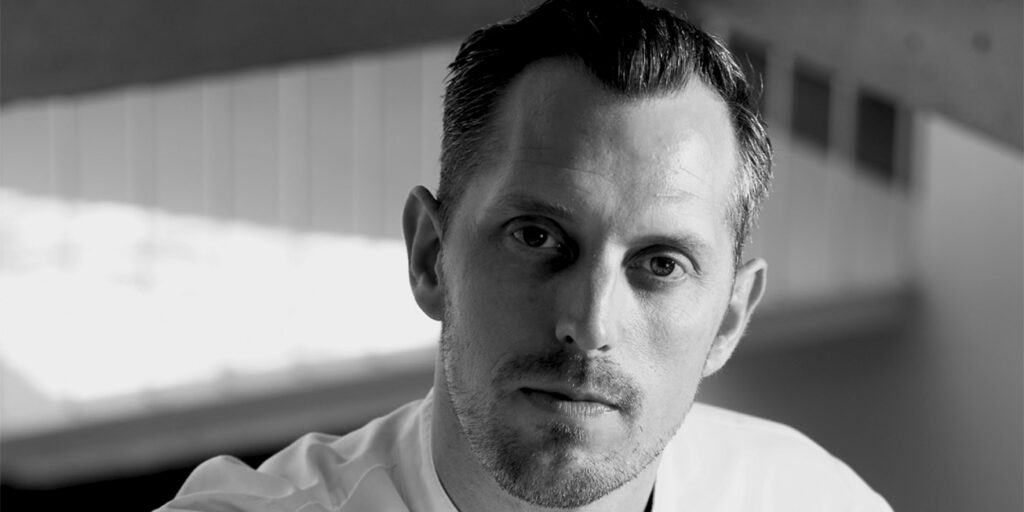
Following the launch of his acclaimed first book Prisma in 2019, Frank Haasnoot publishes Whip, with exclusive proposals and new creations.
With forewords by Cédric Grolet and Amaury Guichon, it aims to become an essential book for all pastry and chocolate lovers, from beginners to experienced professionals.
Available in English at our online bookstore Books For Chefs, Whip gathers a spectacular collection of 50 recipes for cakes, chocolates, ice creams, travel cakes, and much more. We have spoken with the author about the book, trends in pastry, and the difficulty young chefs have finding their own style, among other things.
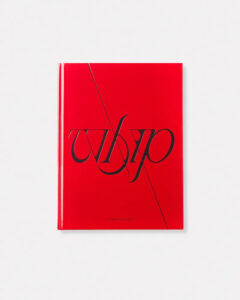
What has been happening in Frank Haasnoot’s career in the last four years, since the release of Prisma?
I moved back to Holland from Barcelona and not too much afterwards. I was doing what I usually do like traveling classes, and things for the Ambassador brand. Then of course, a lot of things actually happened. I mean the world pandemic happened and I had to be flexible, I had to reinvent some things because all my classes were canceled. So, I opened a web shop and for the first two years it was running very well. It is still running very well, but it was all new to me to run a web shop, to deliver globally things like, of course, the Prisma book, but also tools that I developed afterwards. I decided to also sell on Amazon, so that’s what I’m doing as well. Until today I worked on a second book. And then I decided to do self-publishing because I also took a lot of pictures during the pandemic which I wasn’t using so I thought, “you know what? Let me use those pictures.” And now I’m involved with a small cafe/bakery in my hometown, which is like five minutes from where I live. So, yeah, exciting, busy, and yeah, good times.
What can we find in ‘Whip’?
Whip is a book with seven chapters, so from pastries where we focus on glazing to a more freestyle, chocolates, ice creams, travel cakes.
It’s more diverse than Prisma. Prisma was really one of my signature works with some of my older style, while this is more of a new style and a bit more diverse when it comes down to the pastry products. So it’s not only pastry, it’s also chocolate and ice cream. It’s really a mix of things that I’ve worked on over the years.
“Prisma was really one of my signature works with some of my older style, while Whip is more of a new style and a bit more diverse when it comes down to the pastry products. It’s really a mix of things that I’ve worked on over the years”
What does this book bring to the table compared to your previous book, ‘Prisma’?
The big difference between Whip and Prisma is that, like I said before, it’s much more diverse when it comes down to recipes, from classics to more elaborate pieces, a bit more technical, but also like I said, some chocolate things. So it’s a bit more well-rounded.
Meanwhile, of course, people who know my work and people who bought Prisma can see that this was really my signature work. And now it’s a bit more of a mix. I’m very happy with the results. I love the different colors of paper, and the paper quality that we’ve chosen. I love the very vibrant, red, shiny color on the cover. I’m very happy with my second pastry book.
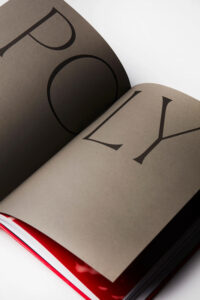
How are the contents organized?
We have seven chapters and, it’s like I said before, it’s a mix, you can find something very basic like a Madeline or like a Financier, or a bit more technical when it comes down to the cake baked in certain signature cake molds or Bush molds, so from cakes, to the use of silicone molds but also just freestyle.
Every chapter has their own, let’s say, product range, and they complement each other very well.
What are the trends and styles that you think will predominate in the coming years in the craft sector and that we can see in this book?
I really want to try to focus on my job. When I have to develop new products or new creations, I try to. A global trend that you see nowadays is not using any colourings.
Trying to stay away from silicone mold, just using your skills, your own creativity to shape your products yourself. So perfection by imperfection. Not everything has to be exactly the same, it can be all a bit different so it looks really artisanal but also looks all handmade.
This is something that you see happening a lot and I think also I try to focus on these things throughout my book, not for all the products but for most of them. Freestyle, handmade craftsmanship.
“More things are just being copied in a good, well-made way, but it is not their own identity, not their own style, and it’s because all the information and everything is out there to be easily found”
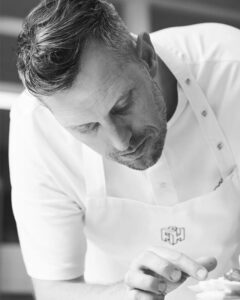
Information and creativity flows more than ever on social networks. Do you think it is a reflection of better technical knowledge in general?
Yes. Information and technical aspects you can see and find everywhere. But you know we are also dealing with a new generation of bakers, home bakers, and home chefs. This range of chefs is much wider. But the thing that I know is that sometimes that is not a bad thing.
The information and knowledge is out there and they learn the skills easily and quickly. But because of all this information, all this knowledge that is available, I find it is hard for younger chefs to create their own style, their own signature.
I see that more and more things are just being copied in a good, well-made way, but it is not their own identity, not their own style, and it’s because all the information and everything is out there to be easily found. I think it makes them more lazy to really push themselves to create something unique. Not intentionally, I just think it automatically happens that way.
How do you filter the concerns and main trends of today’s consumer through your creativity?
Of course, I see trends, I see what’s going on in the market. But when I create something, I’m just trying to focus on something that I find important in my products.
Like I said, for example, something that was very normal so many years ago, this is something that I will not do easily now, like the use of colourings, the use of silicon molds.
I want to go further, focus more on skills, craftsmanship, and creativity.
And I think that trends are out there, and it’s ok to follow, but try to give your own twist to it to keep your own identity, to have your own product.
“I see trends, I see what’s going on in the market. But when I create something, I’m just trying to focus on something that I find important in my products”
Do issues such as sustainability or the need to adapt formulas by avoiding certain ingredients hinder the possibility of achieving the best result each time?
No. It comes down to the quality of our product. For example, when it comes to vegan products.
We all know the flavor of butter and we use the flavor of butter and we like the flavor of butter, this is how a lot of us grew up. But just because we like the flavor of butter, doesn’t mean it’s the only product out there.
Imagine we all grew up on the flavor of margarine, maybe margarine would be the standard and butter would be something that we were like, “What even is this?” So I think it comes down to what we’re all used to.
I’ll give you another example. My son grew up drinking goat milk when he was young. And when we fed him cow milk, he was like, “what is this?”, you know, he didn’t like it. In my culture, cow milk is a standard and goat milk is unusual. But he grew up like this and he doesn’t like cow milk. So it all depends on what is and how you perceive quality. And I think you can make quality food with a lot of different ingredients.
And the beauty about there being so much demand, there’s so many things we question.
People are questioning what they buy and people try to also shift, and we try to fulfill their needs and become more knowledgeable and push to create different products. So I think it’s a good trend. It’s a good thing.
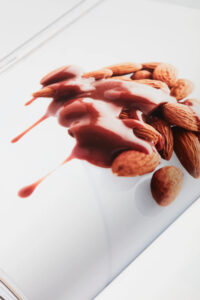
Do you think the taste of desserts will change in the coming years (less sweetness, less fat, more fiber…)?
I think flavor and taste will constantly change. Now it’s less fatty or less sweet, more conscious. I think every few years or every ten, over every decade you will see new trends.
It’s maybe a trend that started with all that, let’s say like with Textures Sosa, all the powders and everything or when it comes down to using all the micro vegetables.
If you look at it, before Texturas Sosa produced all these powders, some things were impossible to make in pastry. And now it is very common to use Calcico or, you know, algin to create those egg yolks or whatever you need. This has become standard and before it was not possible tor many.
So it’s a good thing when we look for, for example, decorating products with cress, with micro vegetables like leaves, this is something completely new that was not there 20 years ago, and now we’re dealing with less sugar, vegan, all those things. It also leaves their mark in a good way. I think, all in all, we can become much more knowledgeable and we’ve become more well-rounded basic chefs. So it’s all good for a good development.
“There are like four chapters or stories where I really talk about how I started my career, where I am now. So it really gives a personal look into my life.”
Can you cite five concepts from the book that you feel especially proud of for what they contribute?
Can I mention five concepts? I’m proud of the book itself, but also the look and feel of it, like the beautiful cover. I like the red cover with the beautiful letters that say WHIP.
The style itself. I like minimalism. So in a way it’s quite similar to Prisma, you know, a lot of white space, minimal photography, you know, beautiful layout of the text.
There are like four chapters or stories where I really talk about how I started my career, where I am now. So it really gives a personal look into my life.So I think it’s something that I normally don’t share as much. I think I’m quite open, but I don’t really share much about my private life or social media. I do whatever I do and I normally post only pictures of cakes and pastries, sometimes my son, but normally I keep those things separate. But I think in the book I focus on the story about myself.
I also mention frequently throughout the book a lot of the brands that I work closely with on a daily basis, like the collaborations that I have with Cacao Barry or with Martellato. So you really see the collaboration coming back and like I said before, the book is more diverse.
I’m happy. It was a long project. It was not easy. I understand now how much work you guys from Grupo Vilbo are putting in there publishing all these books. I was involved with Prisma, but now I did everything myself and I understand how much work you guys spent on making beautiful books. So, good job.




